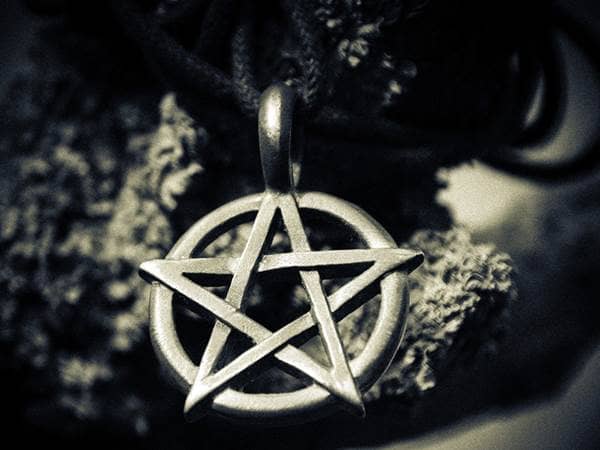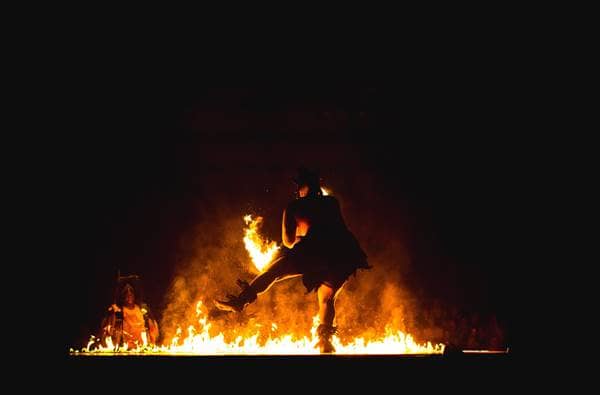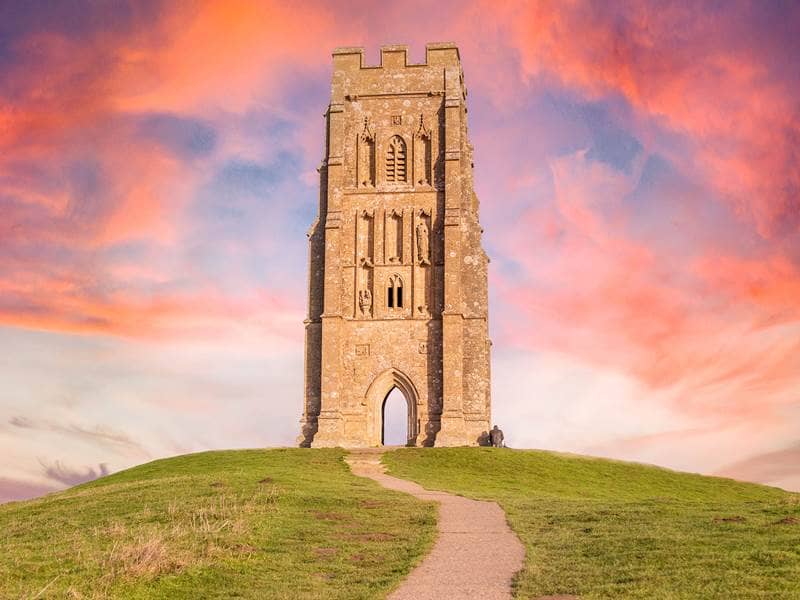
- Trending:
- Pope Leo Xiv
- |
- Israel
- |
- Trump
- |
- Social Justice
- |
- Peace
- |
- Love
The 100 Most Holy Places On Earth
Glastonbury Tor

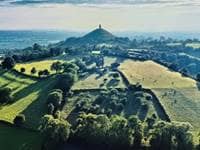
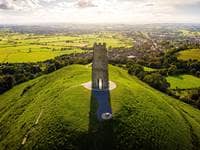

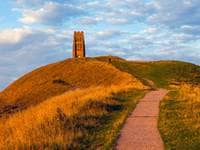
Also Known As:
Ynys yr Afalon
Associated Faiths:
Christianity and Paganism
Accessibility:
Open to visitors.
Annual visitors: 175,000
History
Glastonbury is a small town in Somerset, in the Southwest of England. It is believed to have been inhabited since Neolithic times (10,000-4,500 BCE)—with clear evidence of residents at this location during the 7th millennium BCE. Legend claims that the first abbey in Glastonbury was built by none other than Saint Patrick (5th century AD). It was in Glastonbury that Edmund Ironside was coronated King of England (in AD 1016)—only to die 5 months later. (He is buried in the 14th century Glastonbury Abbey.) Many of the town’s oldest surviving buildings—like The Church of St. John the Baptist—date to the 14th-15th centuries. Thus, this small town has a long and rich history.
Some of what makes Glastonbury so interesting is its mythology or lore. For example, in the 12th century, monks (at the Glastonbury abbey) discovered what they believed to be the graves of King Arthur and Guinivere. Thus, the town is held to be the place of the King’s burial, and a grave with a marker are a popular tourist attraction. William Blake’s popular poem “Jerusalem” references a common belief that Joseph of Arimathea (and possible Jesus Himself) visited Glastonbury. A tree on Wearyall Hill is said to have been planted by Joseph in the first century AD. Even Glastonbury Abbey—which is often said to be the “oldest above-ground Christian church in the world” or “the oldest church in England”—is rumored to have been built (in the first century AD) at the command of Joseph of Arimathea in order to house the “Holy Grail.” These kinds of legends are so prevalent in, and attached to, Glastonbury that tourists of all stripes (religious and non-religious alike) come to see ruins, monuments, graves, and churches.
The Glastonbury Tor is a prominent summit in the town, which hosts the partially restored remains of an ancient church. Some refer to this as the Arimathean “Old Church”—though that is a debatable claim. The Tor’s prominence and its visible ancient edifice have long been a symbol for the fact that Glastonbury has, for millennia, been the site upon which many religious peoples have gathered, lived, worshiped and died. And yet, all of its historically questionable legends aside, there is little doubt that Glastonbury is a site of ancient historic and religious significance.
Religious Significance
Glastonbury has much to offer the pilgrim or religious tourist. Even students of history will find this somewhat of a “sacred site” and a “treasure trove” of relics, remains, graves, and legends that surpass what one would expect from a little town of well under 10,000 inhabitants. Famous for various reasons, as soon as one learns of how many historic, legendary, and religious events and people have been associated with Glastonbury, one cannot help but understand why this is an important site to visit and contemplate. So abundant are the various draws to this part of the world, one simply cannot assume why a given pilgrim has descended upon the town.
As ancient as the city and its buildings are, for the New Age movement, Glastonbury is a “sacred site” and place of pilgrimage for these moderns. The community hosts the annual Glastonbury Festival, which was first held all the way back in 1914. And, while the Festival has evolved in its focus—from centering on utopian principles to a current strong focus on music—it has been an attraction to New Agers almost from its very beginnings. Indeed, some claim that the New Age movement actually had its beginning in the city of Glastonbury.
Christians of nearly every denomination have a home in Glastonbury—and the Reformation facilitated much of that. Today, Glastonbury has Anglican, Baptist, Catholic, Congregationalist, Independent, Jehovah’s Witness, Methodist, Pentecostal, Presbyterian, Plymouth Brethren, and Quaker congregations—just to name a few. This is nothing shy of remarkable for such a small town! Since there is some historic support for the claim that Saint Brigid of Kildare and Saint Patrick of Ireland each passed through or visited Glastonbury, there are chapels dedicated to each of these saints, in addition to the 15th century Church of St. John the Baptist (which is the second tallest parish church in Somerset).
In addition to Christian congregations, Glastonbury has a local “Order of Druids,” a Sufi congregation, and a Pagan Goddess Temple. It also boasts connections to ISKCON (the International Society for Krishna Consciousness or Hare Krishnas) and the Baháʼí Faith. It is the most eclectic of religious communities, which is only heightened by its small size.
It has been said that Glastonbury has an “aura of sanctity” which inspires “a sense of the sacred.” It has even been called the “Holiest” spot on “Earth.” Because of its history, popular mythology, and eclectic nature, Glastonbury offers something for nearly every pilgrim—Christian, Pagan, New Age, or Lore Lover.


